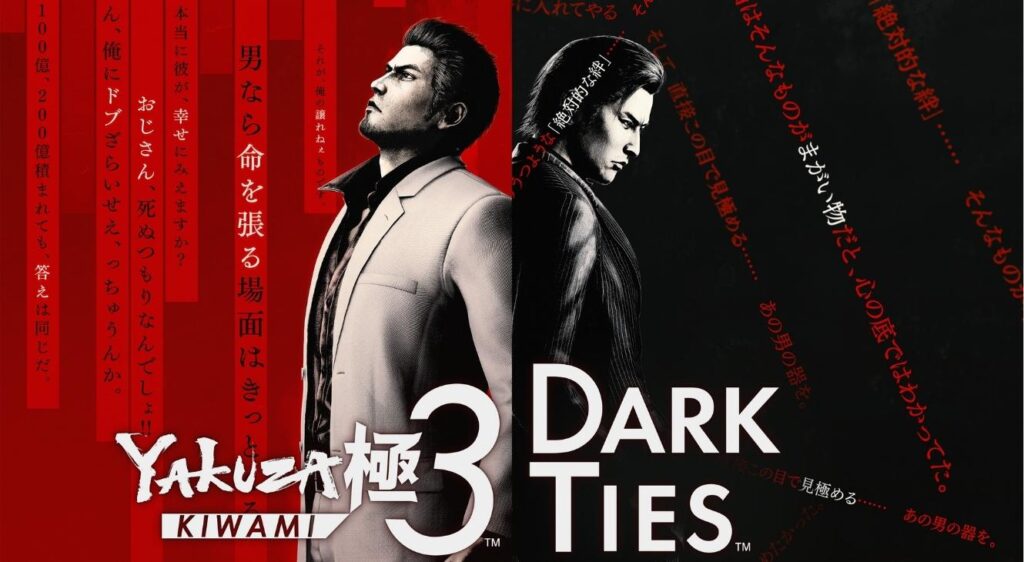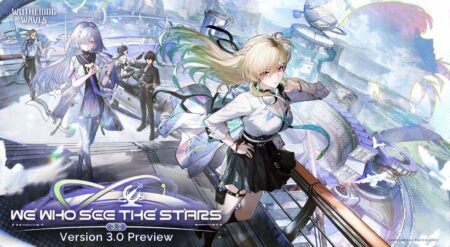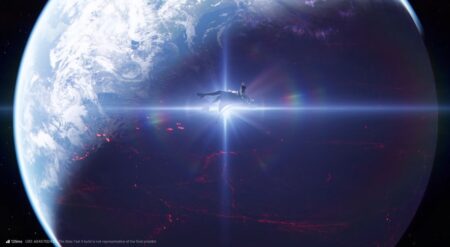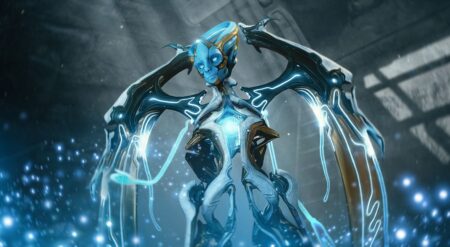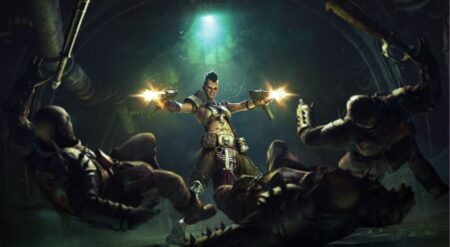On the eve of this year’s Tokyo Game Show (TGS), SEGA filled a small meeting room at its Irvine, CA, headquarters with a curious selection of “new” video games. Most of SEGA’s playable TGS games will only seem new to a select audience, but for content-starved Nintendo Switch 2 owners, the event’s selection of games may be fresh enough.
Still, the Yakuza-focused event came with at least one substantial reveal: Yakuza Kiwami 3 & Dark Ties, a package that’s more ambitious than a recent leak suggested.
Rikiya, something’s different about you…
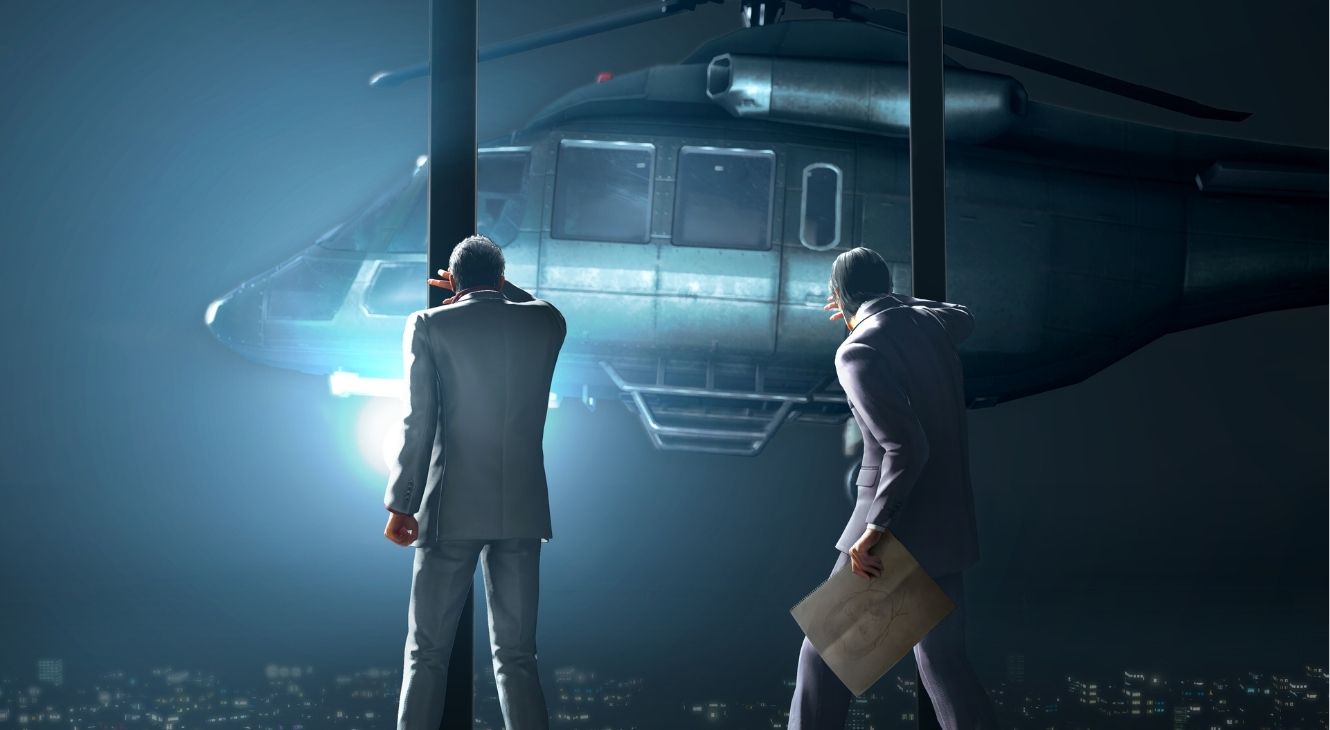
Yakuza Kiwami 3, coming to PS5, PS4, Xbox Series X/S, Nintendo Switch 2, and PC on February 11, 2026, follows the Yakuza crime-adventure series’ tradition of refreshing older titles with modern mechanics and other elements, adding up to something more than a “remaster.”
Yet the base game in question, Yakuza 3, already received a 2019 re-release on modern platforms, and that version restored previously cut content from the PS3 original. So when Yakuza Kiwami 3 leaked as an expected Tokyo Game Show game last week, fans wondered what more could be changed or added to this 2009 game.
The most immediate difference is a full visual touch-up on par with later-era PS4 fare (i.e. Yakuza 7: Like A Dragon), as powered by RGG Studio’s Dragon Engine. But that’s just the beginning. Based upon 25 minutes of hands-on gameplay, this appears to be the most ambitious “Kiwami” remake of an existing Yakuza game yet.
The game’s playable Tokyo Game Show demo begins with an early scene from Yakuza 3’s second chapter, in which protagonist Kiryu has tried to leave his Tojo Clan days behind and operate a beachside orphanage, only to see thugs emerge on his property and issue multiple eviction notices (which he deals with in hardened-Yakuza-captain fashion).
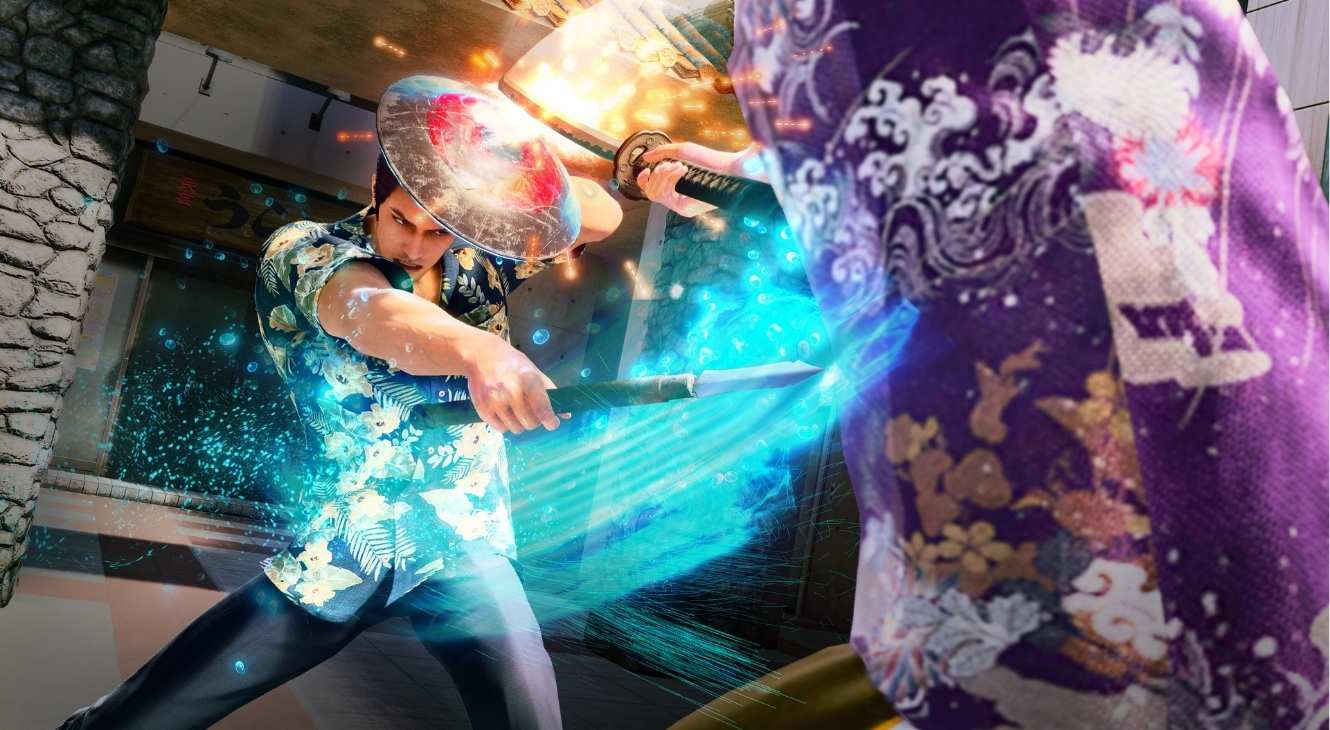
The first scene I previewed is shot-for-shot identical to the original, combining refreshed visuals with original motion capture, voiceover, and camera angles–standard-issue elements for a video game remaster. But then the camera pans to one of the game’s central characters, Rikiya Shimabukuro, and he emerges with an entirely new face, now featuring a squarer jaw and more smoldering facial animations.
As Kiryu makes his way to downtown Ryukyu to figure out the eviction-notice scourge, the new version’s changes become even more apparent, with newly edited and voiced cinema sequences, an altered series of events, and an entirely new plot divergence–battling thugs to save a local family’s store–to better build a bond between Kiryu and Rikiya.
SEGA representatives did not clarify how representative this slice of the game was, but I would estimate that roughly 33 percent of the content in this brief slice has been significantly changed. As such, series purists should steel themselves for a significantly changed version of Yakuza 3.
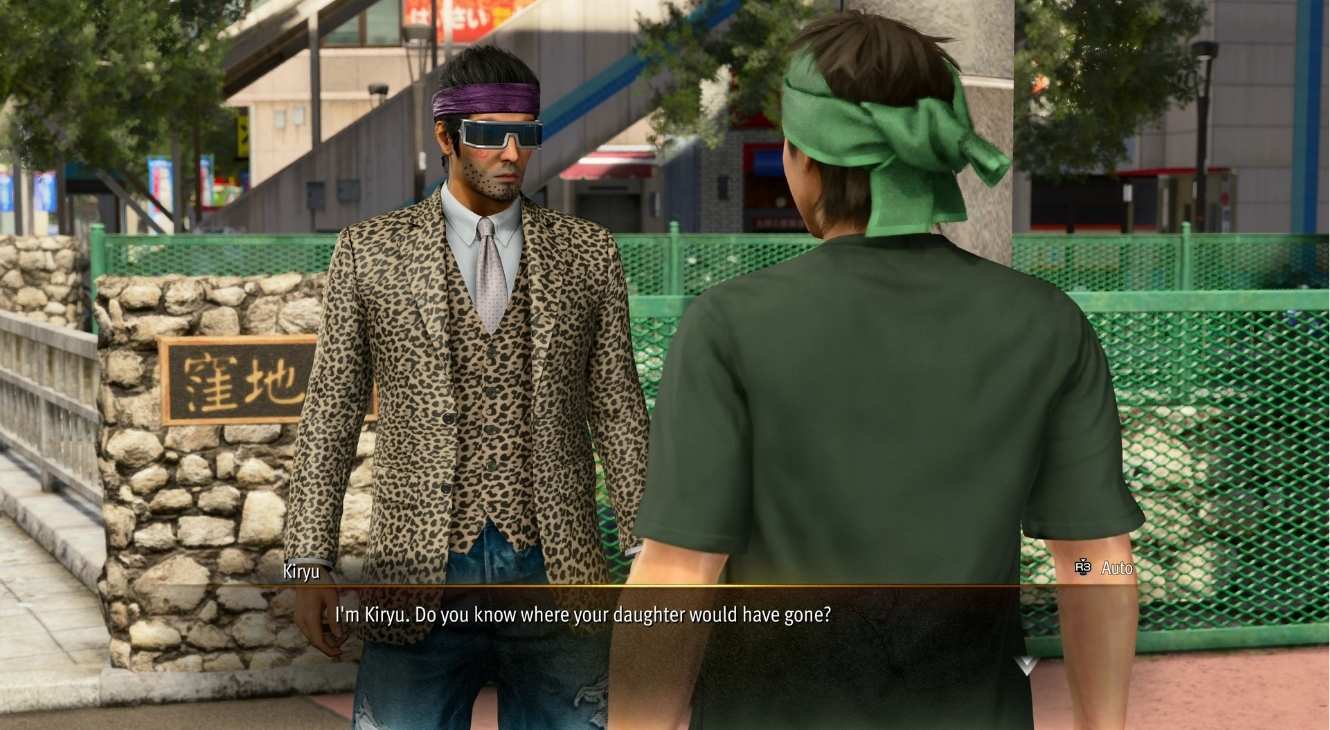
The most immediate mechanical difference is a d-pad button-tap that switches Kiryu to a weapons-based combat style, with different weapons magically appearing and disappearing based on what buttons and combos are used. These include nunchakus, an eiku (oar), a surujin (rope), tonfa (pair of sticks), dagger, and shield, and unsurprisingly, this “Ryukyu Style” adds mostly slower and weightier attacks.
From my brief playtime, I found the one-button style-swap between standard melee and mystical weapons provided pleasant combat spice that sometimes saved me the trouble of having to pick up, say, a bicycle to use as a bludgeoning agent.
Additional changes include a Segway-like scooter to zip through cities, a “phone charm” system that Kiryu can use to pick from various perks (health regeneration, hitstun prevention, etc.), and a lot of silly new outfits. Because, hey, what’s a Yakuza game without the odd combination of heartfelt cinema sequences and showy sunglass-vest combinations?
But wait–there’s Mine!
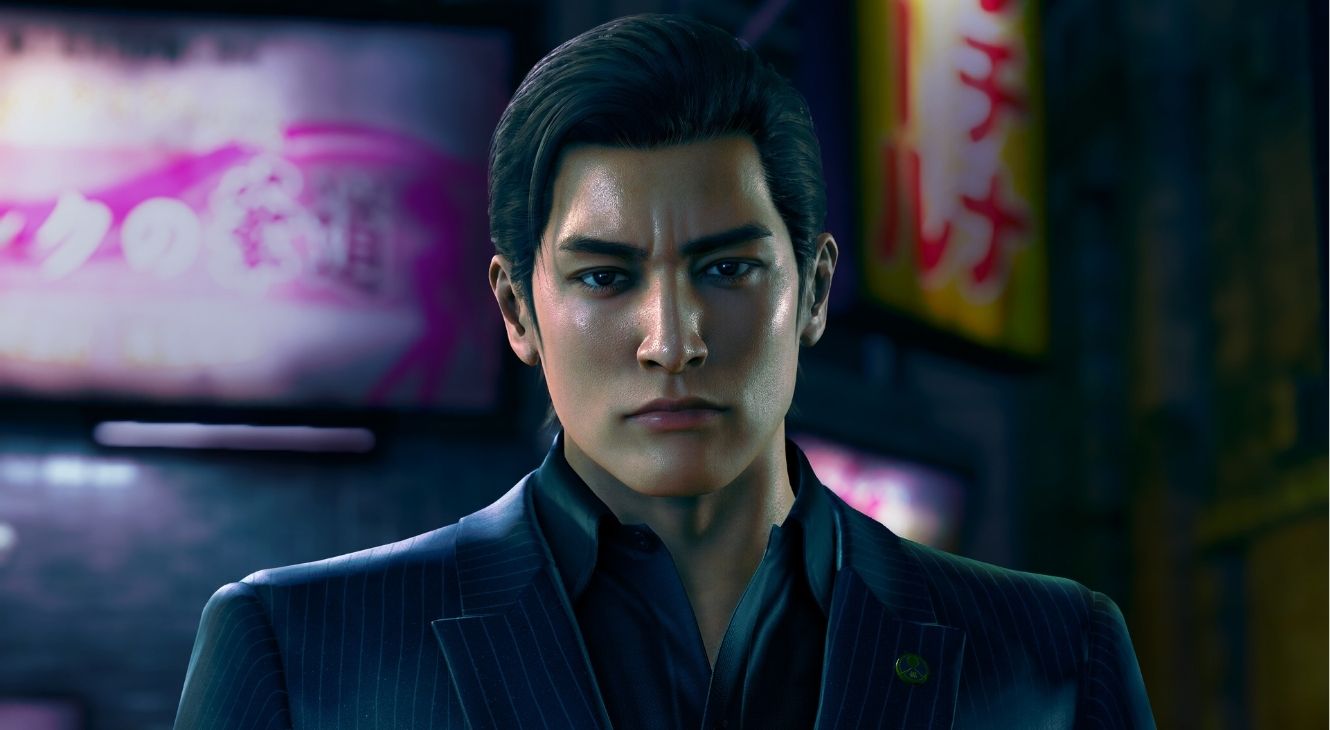
The new game’s formal, full title, Yakuza Kiwami 3 & Dark Ties, clarifies that fans can expect an entire, additional game in the package, one that rewinds to the year 2007 in the Yakuza series’ timeline. This additional campaign should be significant in length, with SEGA publicly comparing its depth to 2023’s Like a Dragon Gaiden: The Man Who Erased His Name.
Dark Ties, which can be played immediately, should fans be eager to skip ahead, stars Yakuza 3 antagonist Yoshitaka Mine and tells his fuller story. The Tokyo Game Show demo begins with Mine crossing paths with Daigo Dojima shortly after Kirya had passed his Tojo Clan duties off. This is also after Mine had his own life turned upside down when he was ousted from a company he had founded.
Players control Mine as he redirects his life’s destiny to becoming a Yakuza, seeking a new path to the power and wealth he’d recently lost – with his first step being to buy and fight his way into the Yakuza underworld.
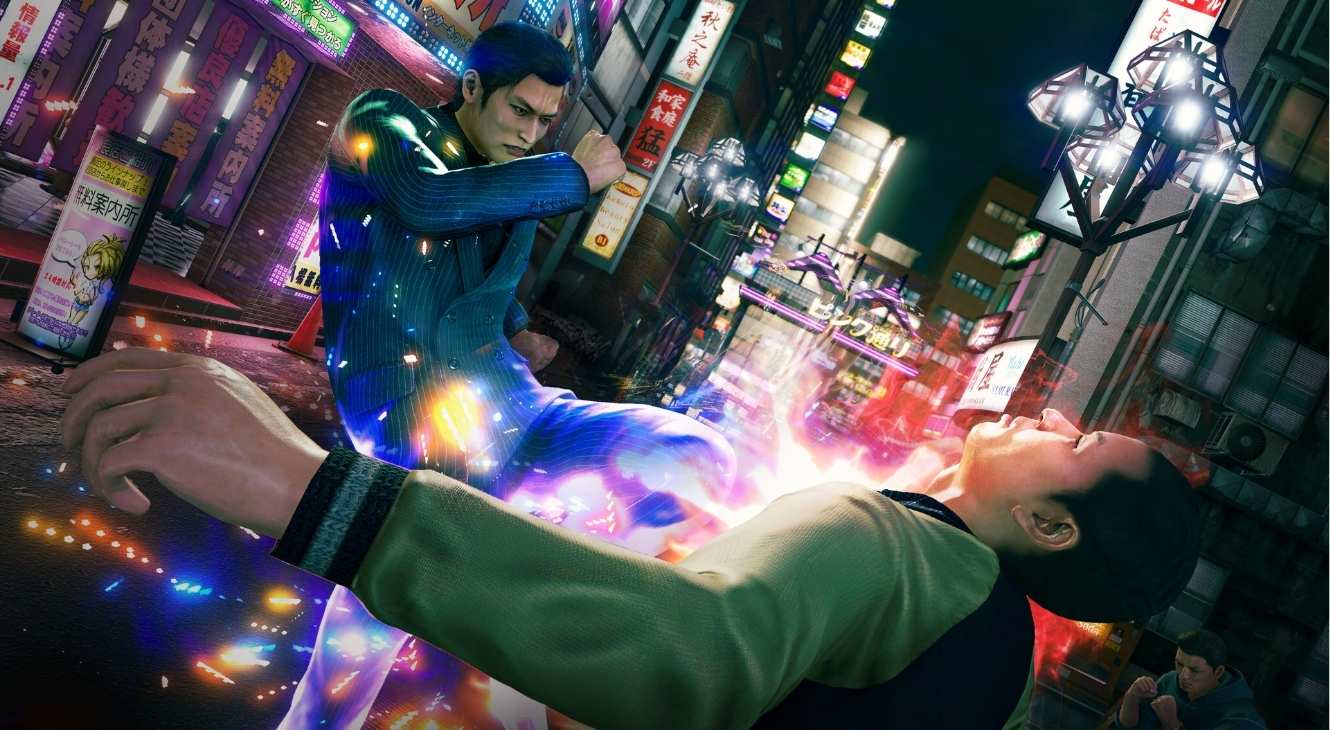
My 25 minutes with the game took place in Kamurocho and mostly revolved around Yakuza-caliber silliness like a new bowling alley, a new “print club” photo booth (press the “pose” button at just the right time before the camera snaps), and Mine’s own selection of karaoke jams to sing.
Mine’s limited yet satisfying combat system revolves around a boxing-centric pummeling style, which includes snappy dodge-and-counter setups and a fun enemy-clearing move that sees Mine bounce off of one foe to punch or kick whoever’s behind him. Charge a combat-related meter, then press the “dark awakening” mode to unleash a limited-time barrage of faster, more powerful attacks.
SEGA reps went so far as to say that the campaign’s name hints at Mine’s connections to other familiar faces in the series–a glaring hint at fan service to come, though the reps wouldn’t further comment on what they meant.
Familiar games get an upgrade with new Nintendo hardware
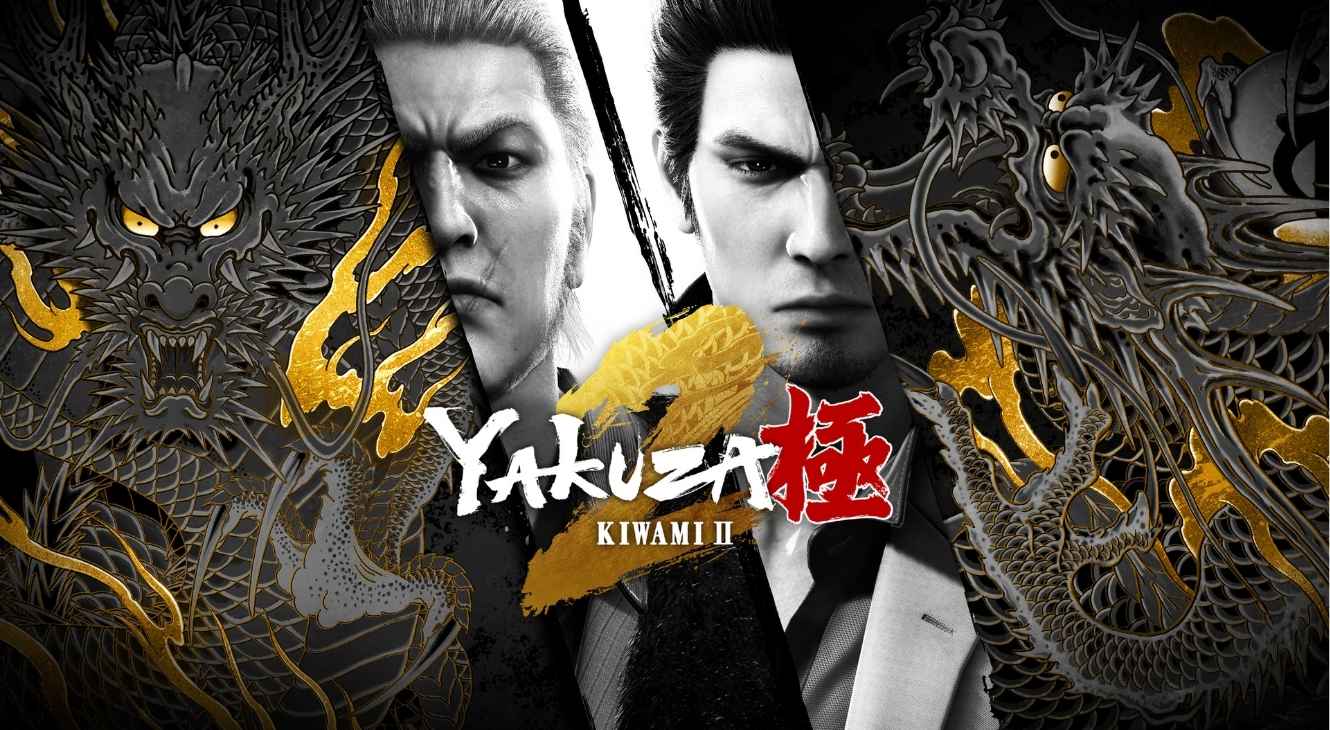
The Yakuza train barreled forward during the TGS event when I sat to play Yakuza Kiwami 1 and Yakuza Kiwami 2’s upcoming ports for the Nintendo Switch 2 console. In terms of content, these are identical to the versions currently available on PlayStation 4, Xbox One, and PC, so the most interesting aspects were technical — and one took me by surprise.
Yakuza Kiwami 2 launched in 2017 as one of the earliest games in the series built on RGG Studios’ Dragon Engine, which supports visual features such as temporal anti-aliasing, per-object motion blur, and depth of field effects. For the game’s upcoming Switch 2 port, RGG Studio has elected to leave seemingly all of these PlayStation 4-caliber effects enabled, though sadly, they’re not currently optimized to run as fluidly as on base PS4.
My 20-minute session included significant frame rate dips beneath the 30 fps threshold–not abysmal performance, mind you, but I noticed enough judder to make traversal and combat in the familiar Kamurocho setting feel rocky. I’m hopeful that RGG Studio either optimizes the engine or reduces the visual effects settings in order to smooth out performance for the port’s November 13 release date.
Yakuza Kiwami 1 is a simpler Switch 2 story: take the game’s existing port to Switch 1, increase its pixel resolution to 1080p, lock its frame rate to 60 fps, and you have the Switch 2 version. It’s looking solid ahead of its own November 13 release date.
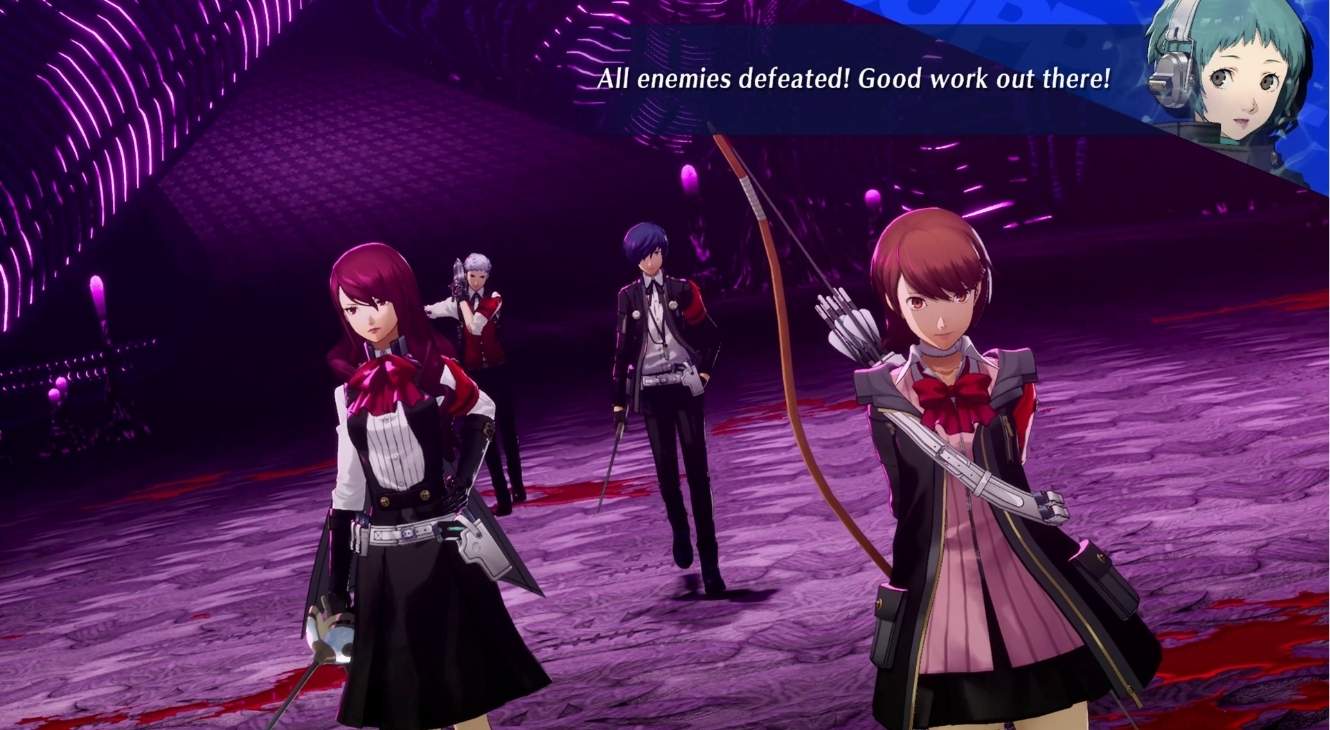
SEGA additionally let me play the upcoming Switch 2 ports of Persona 3 Reload and Two Point Museum, which each ran at a relatively steady 30 fps and included solid pixel resolutions and visual features.
Persona 3 Reload renders its hand-drawn art at a very high resolution, while its 3D imagery clocks in at a figure somewhere between 1080p and 1440p. Although the game in question has received many releases over the years, Persona 3 fans who own a Switch 2 and held out for the Reload release on other consoles can look forward to a very good Switch 2 port here.
Two Point Museum, on the other hand, has a serious issue that SEGA representatives onsite indicated won’t be resolved ahead of its October 28 launch on Switch 2: a lack of support for either touch or Joy-Con 2 mouse control. It’s a bizarre omission for a sim game, where players are expected to tap icons and place objects, and my interest in a portable sim dive into the Two Point universe took a nose-dive upon learning the bad news.
VF5’s latest “campaign,” and a Sonic-Minecraft racing crossover
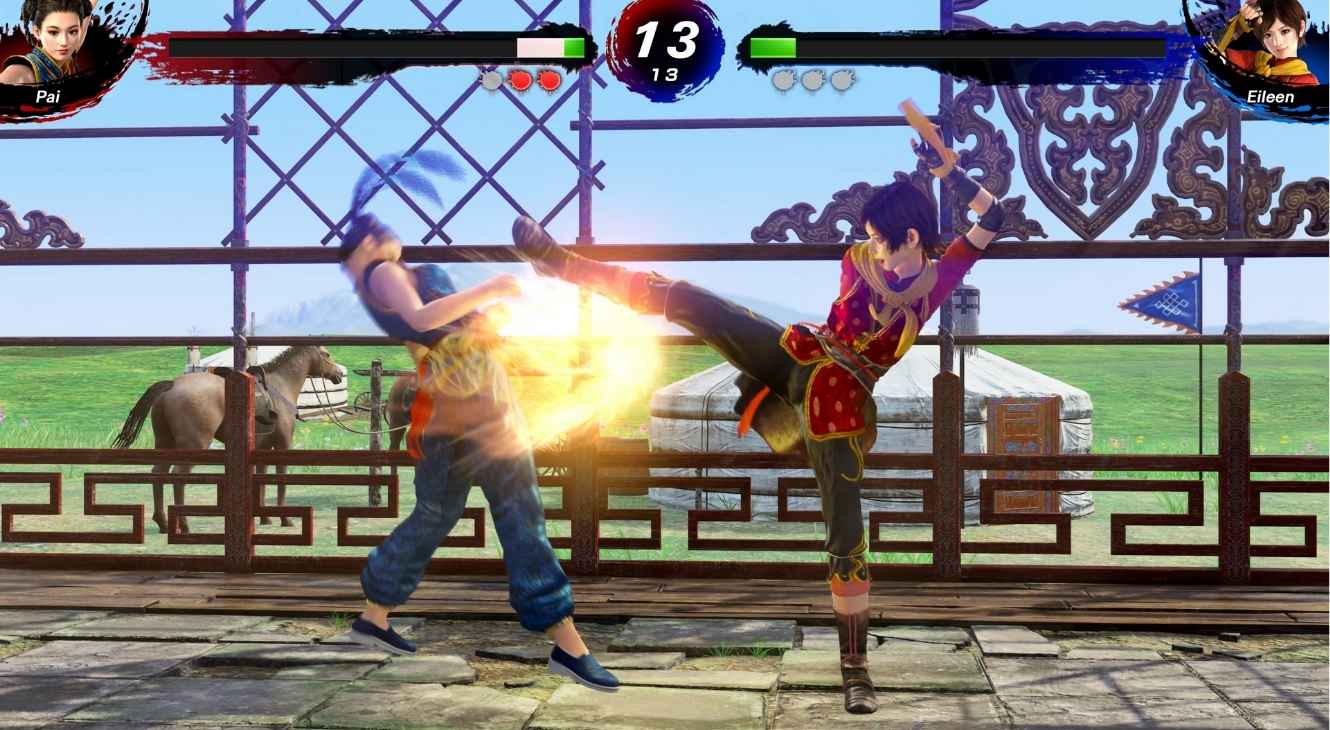
When Virtua Fighter 5 R.E.V.O. World Stage launches on PlayStation 5, Xbox Series X/S, and PC on October 29, its biggest new feature will be rollback netcode and cross-play support, which will combine to let players on any platform battle against each other online. The other significant update to the game, which I tested for half an hour, is a single-player mode dubbed “World Stage,” which resembles the single-player mode from Virtua Fighter 4: Evolution on PlayStation 2.
Some fighting-game fans remain convinced that this 22-year-old mode was one of the best ever made, since it dumps all pretense of plot and has players fake like they’re battling endless waves of opponents in a real-life, arcade-style setting. Imagine such a mode brought forward to the present day, complete with opponent AI that is modeled on real-life players (and even uses their online handles), and you’ve got World Stage.
While I generally enjoyed what I played, I found the difficulty ramp-up was way too slow, even after toggling a harder difficulty, with the game requiring that I mow down roughly 15 fights’ worth of dumb opponents before their AI began to resemble real, interesting foes.
SEGA reps suggested that playing through this mode will unlock Easter eggs and outfits for the game’s characters, though they wouldn’t clarify exactly how many or how to access them.
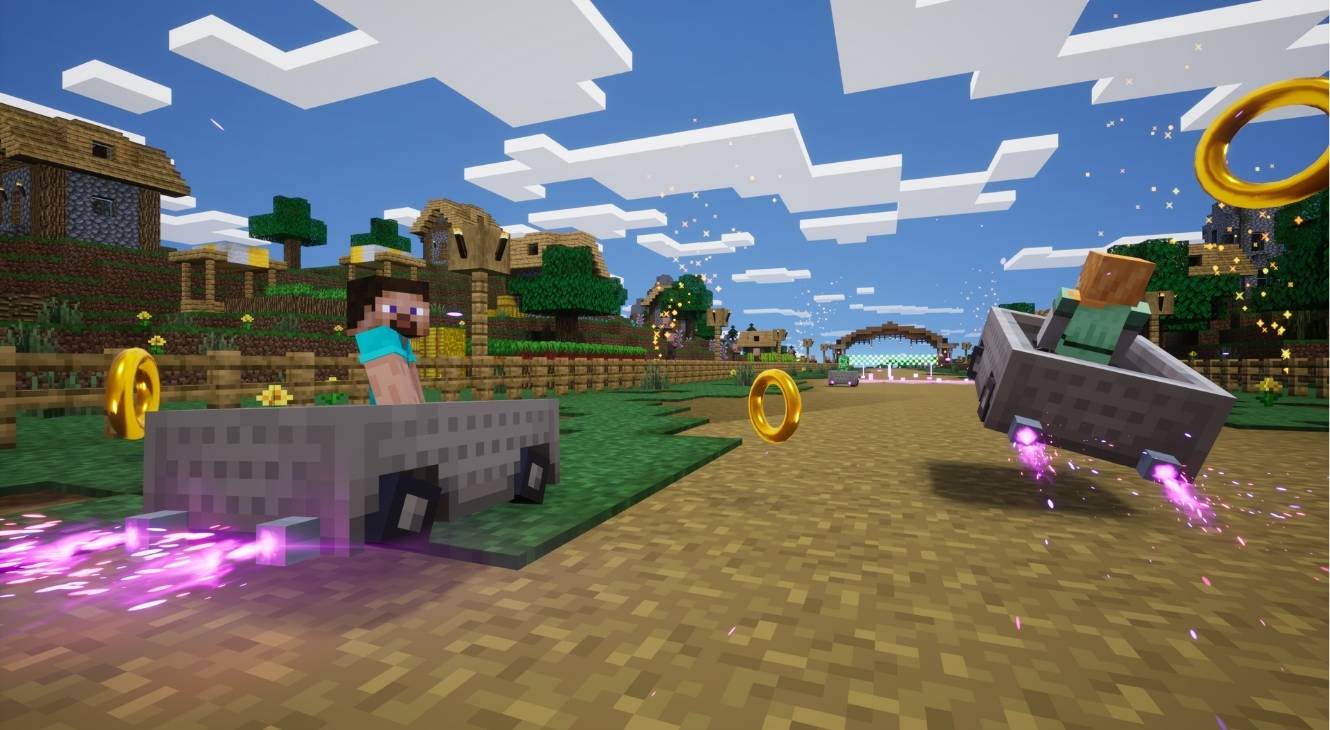
And to close out the event, SEGA let me go hands-on with the first major third-party, post-launch additions to the Sonic Racing CrossWorlds roster: a Minecraft trifecta of Steve, Alex, and Creeper as characters, along with a Minecraft-themed car and a Minecraft-styled racetrack. These were all previously announced as parts of the game’s paid addition of a “season pass,” which will eventually feature Pac-Man, SpongeBob, Avatar: The Last Airbender, and TMNT-related content–so much crossing over, Sonic and gang!
Really, all I can say is that the brief session with this content made me wish that Microsoft had greenlit their own “Minecraft Cart” racing game. The Minecraft racetrack’s blocky aesthetics and 90-degree-turn design reminded me a lot of the original Super Mario Kart, and it had a distinct fun to it that I’d play an entire game of if the license holders in charge made it happen. Alas, for now, just a single racetrack buried in a DLC pack of some other series’ game.
While I would’ve loved to go hands-on with other announced SEGA fare—the Virtua Fighter series reboot, or new versions of Crazy Taxi and Jet Set Radio—even those admittedly swim in the same nostalgic waters as the fare I played. That might be SEGA’s lane for the foreseeable future, and if it’s all ultimately as fun and accessible as what I played, so be it, Sonic stewards.

